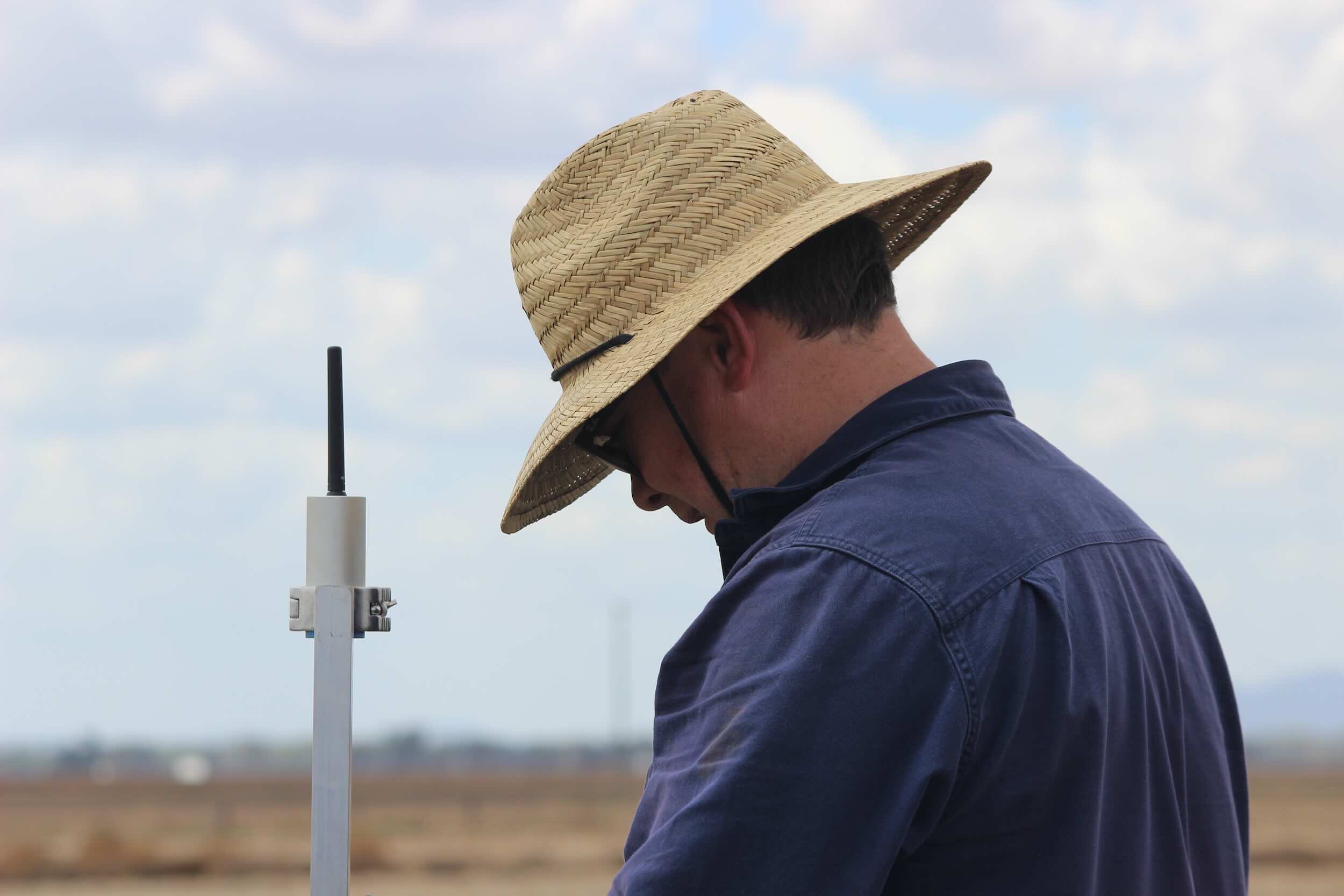As we head into the busy summer cropping season, it’s the perfect time to give your sensors and systems a quick tune-up. A little preparation now helps ensure your INCYT deployment runs in peak condition—delivering accurate insights, smooth irrigation, and reliable reporting when you need it most.
%201.avif)
Choosing The Right Sensor For The Right Application
Irrespective of the industry you work in or which products you’re working with, chances are that there’s something on your wishlist for remote monitoring. For a long time, the remote monitoring of liquids and gases has been just that: ‘a wish’, and for many people it still is, as adoption of monitoring solutions can be a slow process in many organisations. But what slows this process down, and which monitoring solution should be considered first?
When I visit industrial and agricultural organisations interested in remotely monitoring their liquids or gases, I tend to run into one of two distinct situations: they currently either have no remote monitoring at all in place, or they are working with a legacy monitoring system that they’re looking to replace. Legacy systems mostly comprise hydrostatic sensors, which are submersible pressure transmitters with a diaphragm which measures the static pressure of the liquid above the transmitter, resulting in a liquid level measurement.

A question I often get during these visits is whether they should choose another hydrostatic monitoring solution, or if there’s a better solution available in 2024. Hydrostatic monitoring works fine in some cases such as water and diesel tank monitoring, but there are often strong advantages in choosing an external pressure sensor over a hydrostatic sensor, especially when working with corrosive liquids such as liquid fertiliser and many other types of (corrosive) industrial liquids. Both types of sensors rely on measuring liquid pressure and using this data to deduce tank level and content information, but not having your sensor fully submerged in the liquid creates some important advantages:
- Accuracy - External pressure sensors will provide more accurate readings of pressure changes as they are generally more sensitive to variations in pressure, allowing for precise monitoring of liquid levels and flow rates.
- Non-Intrusive Measurement - External pressure sensors are mounted on the outside of the tank, which reduces the risk of contamination and corrosion that can occur with hydrostatic sensors submerged in the liquid. This non-intrusive measurement approach ensures the sensor does not come into direct contact with (corrosive) liquid, enhancing its durability and longevity.
- Maintenance and Reliability - Because external pressure sensors are not exposed to (corrosive) liquids, they typically require less maintenance and are more reliable over time. In contrast, hydrostatic sensors, which are submerged, are more susceptible to fouling, clogging, and degradation due to direct contact with (corrosive) liquids.
- Versatility - External pressure sensors can be used in a wider range of applications and are much easier to install, replace and adapt to various tank sizes and shapes without needing to be immersed in the liquid.
.avif)
One of the biggest advantages I see here is the fact that external pressure sensors are 100% wireless. All you need to install is the INCYT pressure sensor, and a tracker / gateway - the pressure sensor communicates with the tracker via bluetooth, and the tracker then acts as a gateway to transmit the information back to the cloud via either LTE-M or Nano Satellite. External pressure sensors tend to be much less bulky and easier to install as you are not working with any wiring, and most users have their devices up and running in a matter of minutes… sounds easy, right?
So, while remotely monitoring liquids and gases isn’t new, making sure that you choose the right monitoring solution is still as important as it ever was!




%201.avif)

